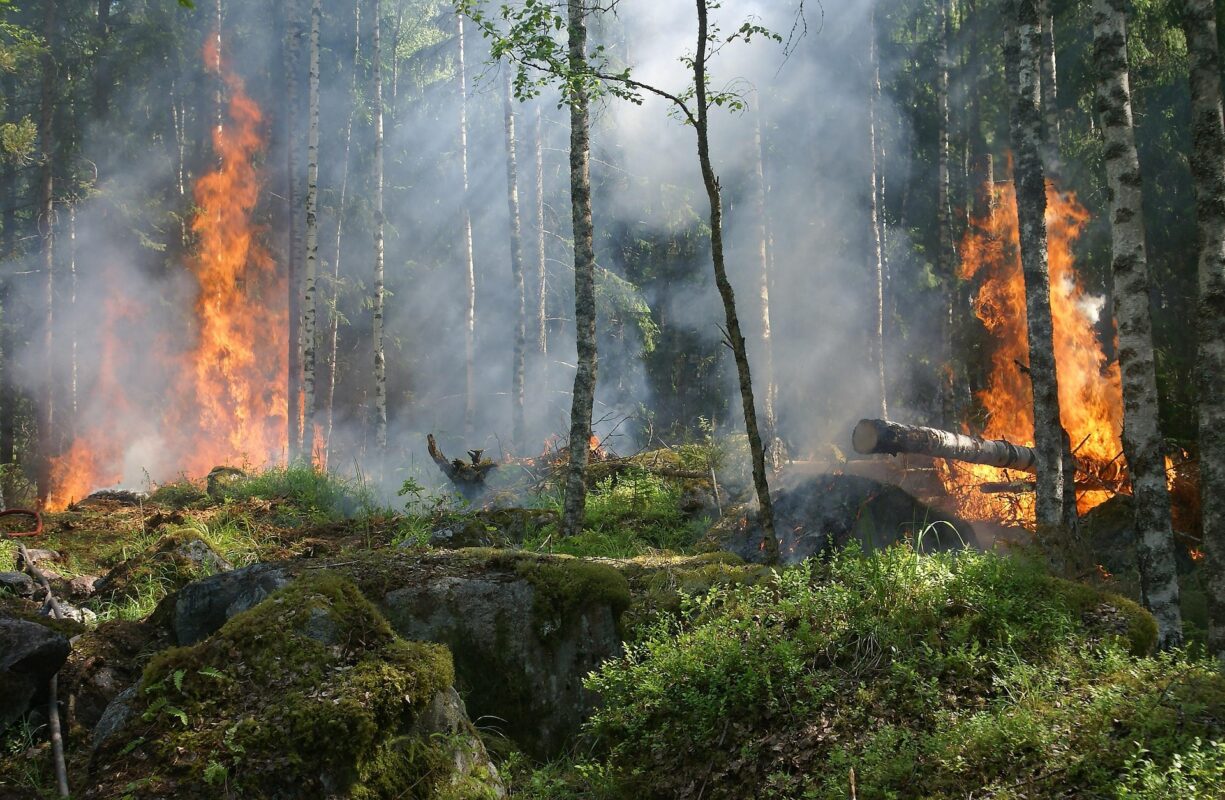
Blog
Trump’s EPA Cuts Threaten Wildfire Response and Research

In a time when wildfires are growing in size, frequency, and destructiveness across the United States, one would expect the government to invest more in science, technology, and disaster prevention. But in a shocking twist, a once-promising innovation designed to help monitor air pollution during wildfires—the “Kolibri” sensor—has been effectively shelved due to sweeping budget cuts and staff reductions initiated under the Trump administration. As climate change intensifies, this move has left many experts wondering: how can we fight 21st-century disasters with 20th-century tools?
The Rise and Fall of “Kolibri”
Developed by scientists at the Environmental Protection Agency (EPA), the “Kolibri” is a compact air pollution sensor, roughly the size of a shoebox. It was created to be mounted on drones and flown directly into wildfire smoke. By collecting real-time data on harmful airborne particles, the sensor could measure air quality and assess the health risks posed to nearby communities.
This innovation promised to revolutionize how we understand and respond to wildfire-related pollution. Unlike traditional monitoring stations, which are fixed and limited in scope, Kolibri-enabled drones could quickly reach the heart of a fire zone. The data they collected could inform evacuation orders, guide healthcare responses, and even shape long-term policy.
But all of that is now in jeopardy.

Budget Cuts with Lasting Damage
As many of you may know, President Trump has been reducing government funding and aiming to eliminate wasteful expenditures. What kind of impact do you think this could have? Under his push to drastically reduce of them, the EPA became a prime target. The Office of Research and Development (ORD)—the very division responsible for Kolibri and numerous other scientific initiatives—faced proposed cuts of up to 65% of its budget. Internal documents reviewed by the House Committee on Science, Space, and Technology indicated that up to 75% of ORD staff (around 900 out of 1,200 employees) could be laid off.
While it might seem like just a move to cut costs and reduce regulations, have you ever thought about the deeper consequences of this decision? Without the right staff, funding, or support, promising research projects like Kolibri came to a standstill. And even worse, the scientists behind these efforts—people with the expertise to make real change—were scattered. Many were forced out, while others were left uncertain about their future.

Wildfires Demand More Science, Not Less
In recent years, the U.S. has witnessed record-breaking wildfire seasons. Entire communities have been devastated, and the health effects of wildfire smoke—especially among vulnerable populations like children and the elderly—are becoming a growing public health concern. For example, the wildfires in Los Angeles in January 2025 caused an estimated $50 billion in economic losses, making it one of the most devastating natural disasters in U.S. history. In this context, abandoning tools like Kolibri seems not only short-sighted but dangerous.
Scientific research doesn’t just help us understand problems—it equips us to solve them. The Kolibri sensor was a step toward smarter, faster responses to wildfires, capable of saving lives and reducing long-term damage. But budget cuts stripped away that capability, just as the country needed it most.

A Broader Warning
The sidelining of Kolibri is more than a story about one gadget or one agency—it’s a cautionary tale about what happens when politics overrides science. When federal leadership chooses to underfund critical research, the costs aren’t just academic—they’re human, environmental, and economic.
While it’s true that resource allocation should prioritize public interests, cutting funding for scientific research can undermine long-term societal benefits. Government investment in science is crucial, especially for addressing issues like climate change and pandemics. Relying on private sector funding might not always align with public welfare, as profit motives could overshadow the broader social good. In the end, underfunding research risks escalating environmental, economic, and human costs.

Looking Forward: Can We Rebuild?
Since 2021, the Biden administration has taken steps to reverse some of these cuts and restore funding to the EPA. Climate change has returned to the center of U.S. policy, and new investments in clean energy, environmental monitoring, and disaster preparedness are underway.
But the road to rebuilding scientific capacity is long. Lost time, lost data, and lost expertise don’t return overnight. And as climate-driven disasters become more common, the need for cutting-edge tools like Kolibri becomes increasingly urgent.

Final Thoughts
In the United States, ongoing budget cuts threaten to stall critical environmental progress. Funding reductions could delay the transition to renewable energy, weaken climate science research, and scale back essential conservation programs. Innovation in clean technologies like carbon capture and hydrogen may also slow, reducing the nation’s ability to compete in the global green economy. Furthermore, diminished environmental leadership could harm U.S. credibility in international climate agreements. Without sustained investment, the U.S. risks not only environmental degradation but also economic and strategic setbacks. We cannot afford to let short-term cuts jeopardize our long-term future. Now is the time for companies and individuals to take action and stand up. Even in the face of setbacks, many American businesses are boldly pursuing carbon neutrality and even carbon negativity. We fully support their efforts and are here to help others do the same. With verified carbon credits, we can carefully select and provide the right options for you. Let’s take action together—for the planet and our future
